1. Monofloral Honey's Unique World
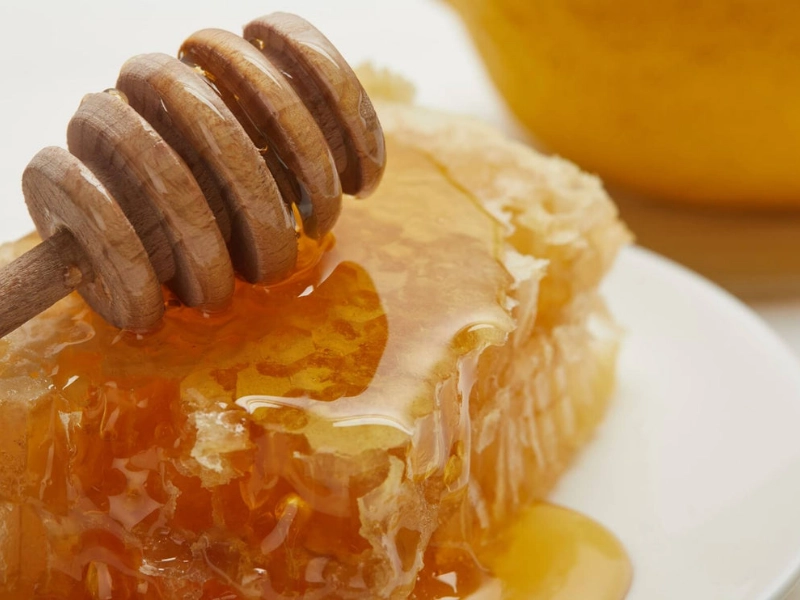
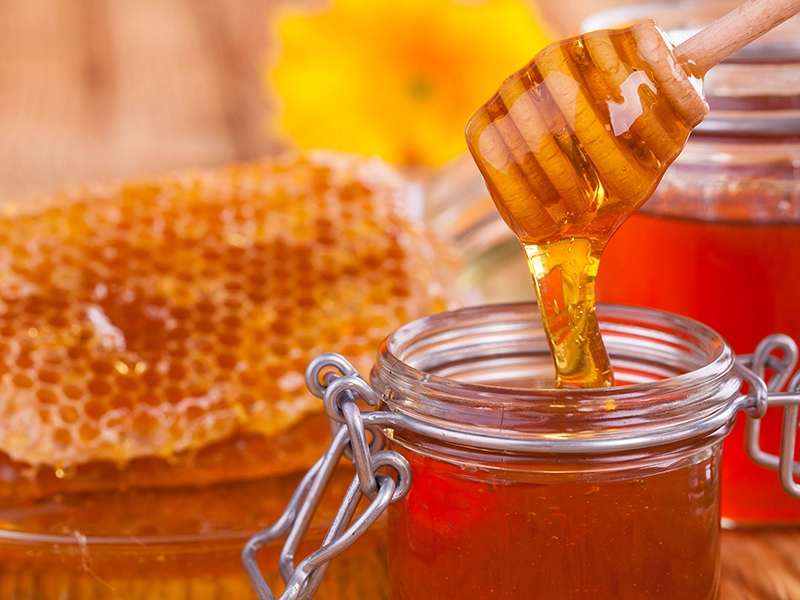 Monofloral honey is produced starting with bees searching for nectar from particular flowers. The kind of flower affects many facets of the honey, including texture, flavor, and color. Often setting colonies close to particular flowering plants, beekeepers make sure the bees mostly collect nectar from those sources. For instance, whereas orange blossom honey is made from the nectar of orange tree blossoms, clover honey comes from bees that mostly visit clover flowers. The time of the blossoming season is vital since it will decide when the bees will have access to the nectar.
3. Well-known Monofloral Honey Varieties
Monofloral honey is produced starting with bees searching for nectar from particular flowers. The kind of flower affects many facets of the honey, including texture, flavor, and color. Often setting colonies close to particular flowering plants, beekeepers make sure the bees mostly collect nectar from those sources. For instance, whereas orange blossom honey is made from the nectar of orange tree blossoms, clover honey comes from bees that mostly visit clover flowers. The time of the blossoming season is vital since it will decide when the bees will have access to the nectar.
3. Well-known Monofloral Honey Varieties
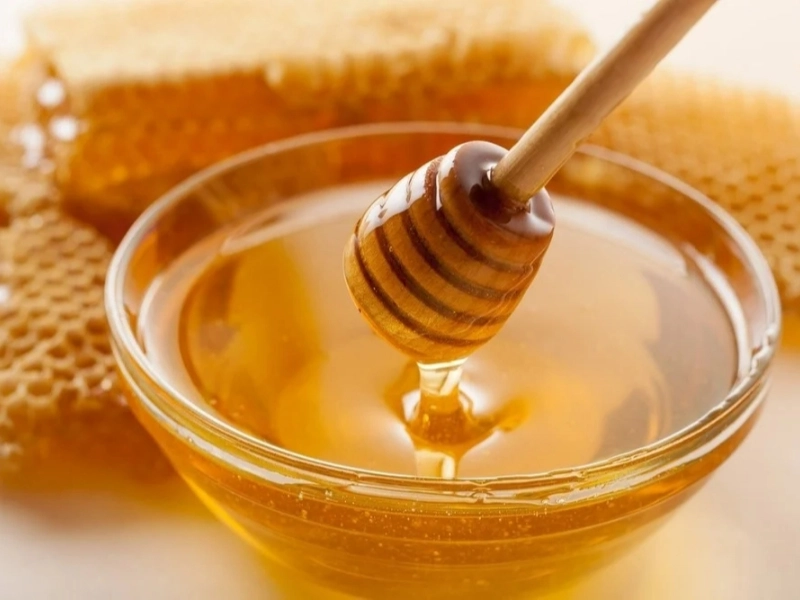 Monofloral honey comes in many flavors, each with a distinct taste sensation. Among the most often used varieties are some of:
One of the most often consumed varieties in North America, **Clover Honey** is renowned for its mild, sweet taste. It's a flexible sweetener for sauces, baked products, and tea since of its pale hue and delicate taste.
Source from the Manuka tree in New Zealand, **Manuka Honey** is well-known for its unique earthy taste and possible health advantages. Popular for its antimicrobial qualities and used for healing sore throats, manuka honey is
Made from the nectar of lavender blossoms, **lavender honey** is aromatic. Its flowery, somewhat herbal flavor complements cheeses and can accentuate desserts like cakes and ice cream.
Derived from the nectar of eucalyptus trees, **Eucalyptus Honey** has a strong, somewhat medicinal taste. Especially during cold and flu season, it is frequently utilized in herbal treatments and has relaxing effects.
4. Taste Sensibilities and Cooking Applications
Monofloral honey comes in many flavors, each with a distinct taste sensation. Among the most often used varieties are some of:
One of the most often consumed varieties in North America, **Clover Honey** is renowned for its mild, sweet taste. It's a flexible sweetener for sauces, baked products, and tea since of its pale hue and delicate taste.
Source from the Manuka tree in New Zealand, **Manuka Honey** is well-known for its unique earthy taste and possible health advantages. Popular for its antimicrobial qualities and used for healing sore throats, manuka honey is
Made from the nectar of lavender blossoms, **lavender honey** is aromatic. Its flowery, somewhat herbal flavor complements cheeses and can accentuate desserts like cakes and ice cream.
Derived from the nectar of eucalyptus trees, **Eucalyptus Honey** has a strong, somewhat medicinal taste. Especially during cold and flu season, it is frequently utilized in herbal treatments and has relaxing effects.
4. Taste Sensibilities and Cooking Applications
 The source flower will greatly affect the taste sensations of monofloral honey. For spreading over yogurt or pancakes, acacia honey is light and fragrant; buckwheat honey, on the other hand, has a robust, molasses-like taste that balances rich dishes. From glazes for meats to sweetening drinks, the unique tastes of monofloral honey can improve many recipes. Both home cooks and chefs value the subtle tastes monofloral honey may add to their food preparations.
5. Monofloral Honey's Health Effects
The source flower will greatly affect the taste sensations of monofloral honey. For spreading over yogurt or pancakes, acacia honey is light and fragrant; buckwheat honey, on the other hand, has a robust, molasses-like taste that balances rich dishes. From glazes for meats to sweetening drinks, the unique tastes of monofloral honey can improve many recipes. Both home cooks and chefs value the subtle tastes monofloral honey may add to their food preparations.
5. Monofloral Honey's Health Effects
 Apart from its great taste, monofloral honey has certain health advantages. Packed with minerals, vitamins, and antioxidants, honey can help to maintain general wellness. Manuka honey is a common choice for digestive health and wound treatment since it is especially renowned for its antibacterial qualities. Honey is also a great substitute for processed sugars since regular intake of it can naturally give one more of an energy boost. Moreover, honey has long been employed in traditional medicine since different civilizations identified its therapeutic qualities.
6. Selecting Superior Monofloral Honey
Apart from its great taste, monofloral honey has certain health advantages. Packed with minerals, vitamins, and antioxidants, honey can help to maintain general wellness. Manuka honey is a common choice for digestive health and wound treatment since it is especially renowned for its antibacterial qualities. Honey is also a great substitute for processed sugars since regular intake of it can naturally give one more of an energy boost. Moreover, honey has long been employed in traditional medicine since different civilizations identified its therapeutic qualities.
6. Selecting Superior Monofloral Honey
 One should give quality top importance while choosing monofloral honey. Raw, unprocessed honey is best sought for if one wants to guarantee that it keeps its inherent nutrients and enzymes. Furthermore, look for labels stating the particular floral source and origin; this will help you to understand the honey's flavor character and quality. Supporting local beekeepers can be a terrific way to experience premium monofloral honey since local honey makers usually offer the freshest and most tasty choices.
7. Keeping and appreciating monofloral honey
One should give quality top importance while choosing monofloral honey. Raw, unprocessed honey is best sought for if one wants to guarantee that it keeps its inherent nutrients and enzymes. Furthermore, look for labels stating the particular floral source and origin; this will help you to understand the honey's flavor character and quality. Supporting local beekeepers can be a terrific way to experience premium monofloral honey since local honey makers usually offer the freshest and most tasty choices.
7. Keeping and appreciating monofloral honey
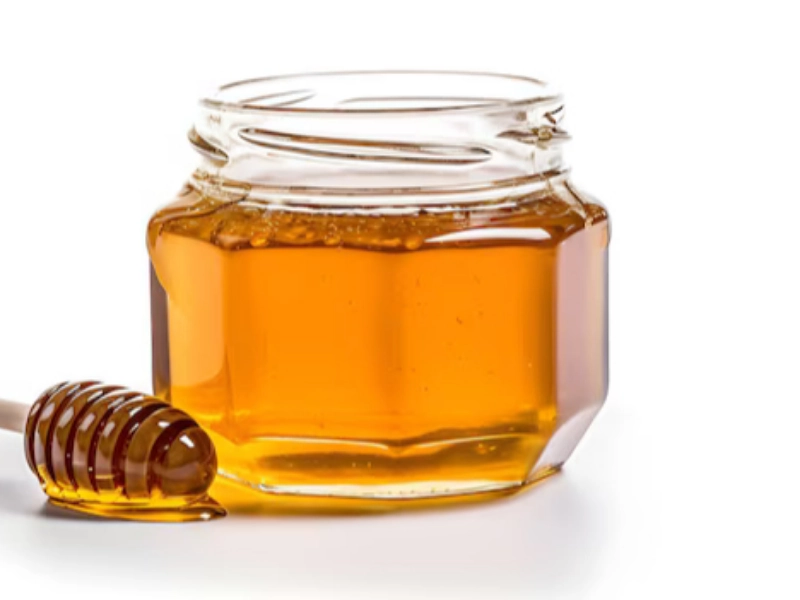 Store monofloral honey in a cool, dark spot free from direct sunlight to maintain its quality. Honey doesn't go bad; rather, it will crystallize over time. Should this occur, gently warm the jar in a pot of boiling water to revert it to a liquid condition. Use monofloral honey in a variety of ways: spread it on toast, toss it into smoothies, or substitute it for natural sweetener in your preferred dishes. The distinctive tastes of every kind can give regular meals a wonderful spin.
8. Synopsis of the several tastes of monofloral honey
Store monofloral honey in a cool, dark spot free from direct sunlight to maintain its quality. Honey doesn't go bad; rather, it will crystallize over time. Should this occur, gently warm the jar in a pot of boiling water to revert it to a liquid condition. Use monofloral honey in a variety of ways: spread it on toast, toss it into smoothies, or substitute it for natural sweetener in your preferred dishes. The distinctive tastes of every kind can give regular meals a wonderful spin.
8. Synopsis of the several tastes of monofloral honey
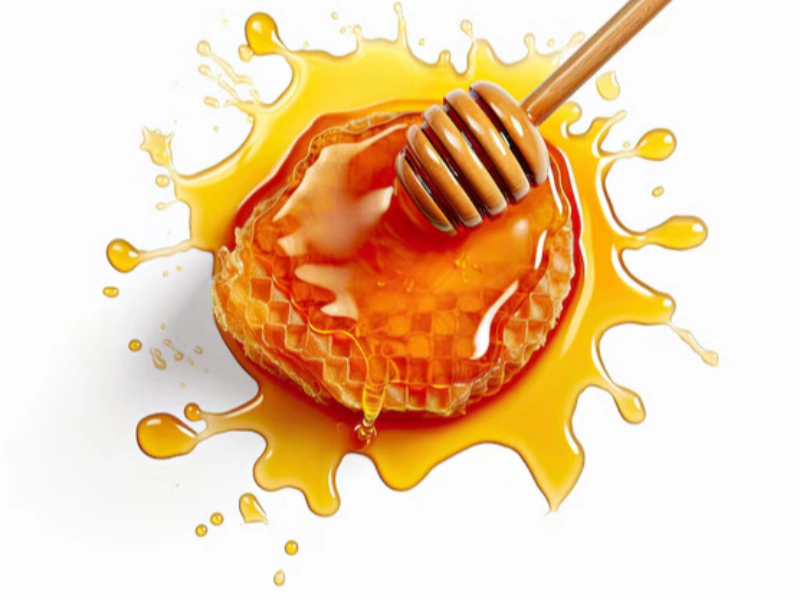 Discovering the many tastes of monofloral honey introduces a world of gastronomic opportunities and health advantages. Every variety presents a different flavor sensation, shaped by the particular blossoms from which the nectar comes. There is a kind of monofloral honey to fit every palate, from the moderate sweetness of clover honey to the strong taste of buckwheat honey. Including these different honeys in your diet will help you to enjoy their special tastes and get the advantages from their dietary qualities.
Discovering the many tastes of monofloral honey introduces a world of gastronomic opportunities and health advantages. Every variety presents a different flavor sensation, shaped by the particular blossoms from which the nectar comes. There is a kind of monofloral honey to fit every palate, from the moderate sweetness of clover honey to the strong taste of buckwheat honey. Including these different honeys in your diet will help you to enjoy their special tastes and get the advantages from their dietary qualities.